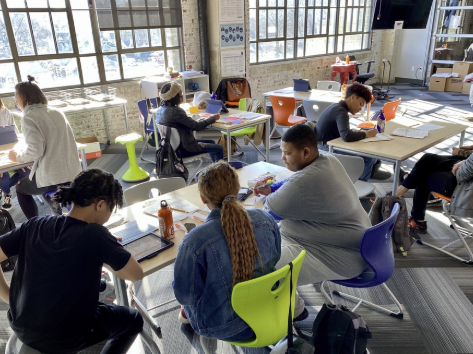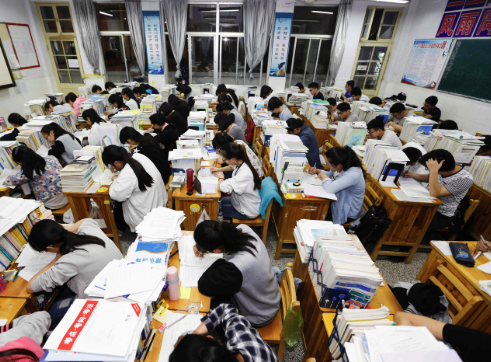Innovation-centered high school programs are helping students build creative problem-solving skills while preparing them for future academic and career success. These programs are designed to cultivate original thinking, promote interdisciplinary learning, and provide hands-on experiences that mirror real-world challenges. Through an engaging curriculum, students are encouraged to think critically, explore new technologies, and take intellectual risks in a supportive environment.
In many schools, innovation programs take the form of specialized academies, makerspaces, or project-based learning tracks. Students might explore areas such as design thinking, digital fabrication, robotics, sustainable engineering, computer programming, or entrepreneurship. These opportunities empower students to apply classroom knowledge to practical projects that have tangible outcomes, reinforcing their understanding of core subjects like math, science, and the arts.
One common feature of innovation programs is their emphasis on inquiry-based learning. Rather than following traditional lectures, students investigate real-world issues, develop hypotheses, and create solutions using a variety of tools and technologies. This active learning model keeps students highly engaged and encourages them to take ownership of their education. Projects may involve developing smart technology prototypes, proposing environmental solutions, or launching student-run startups.
Collaboration is a key element of these programs. Learners often work in teams to brainstorm, prototype, and refine ideas while developing communication and leadership abilities. This teamwork not only enhances academic engagement but also builds critical social skills. Students learn how to give and receive feedback, resolve conflicts, and combine individual strengths to achieve collective goals.
Teachers in innovation-focused environments often take on the role of facilitators, guiding students through inquiry-driven activities. Rather than delivering content, they support exploration, pose challenging questions, and connect students with relevant resources. Schools may also partner with local businesses, universities, or innovation labs to give students access to expert mentors, cutting-edge technology, and internship opportunities that expand their understanding of professional innovation.
Assessment in these programs is often performance-based. Instead of traditional tests, students demonstrate their learning through presentations, digital portfolios, and public showcases. This allows learners to reflect on their growth and receive meaningful feedback that supports continuous improvement.
Beyond academic achievement, innovation programs foster a growth mindset and equip students with the adaptability and creativity necessary for today’s evolving workforce. As education continues to evolve, such programs ensure that learners remain future-ready in a world that values originality, collaboration, and lifelong learning. Schools that invest in these forward-thinking tracks not only prepare students for success in higher education and the job market but also cultivate responsible, innovative citizens who are ready to make meaningful contributions to society.














